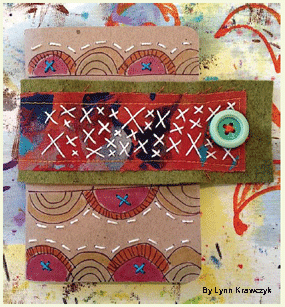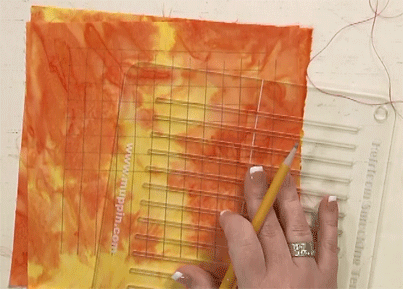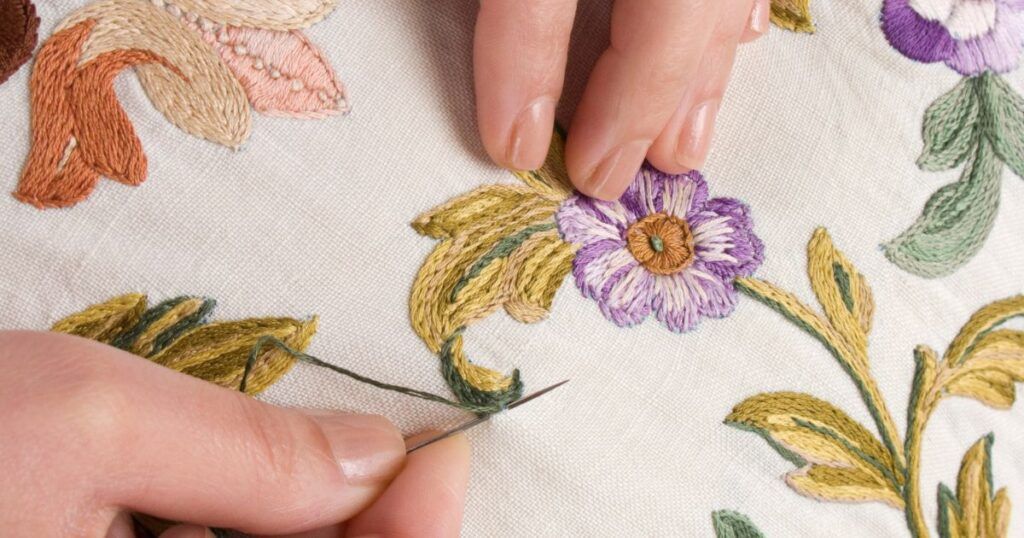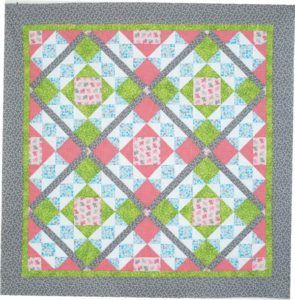Tips and Tools to Make Hand Sewing Projects Easier – Quilting Daily

I was so happy to see so many hand embroidery designs at Quilt Market last month. I began learning hand sewing techniques as a young girl, and hand embroidery is still one of my favorite pastimes.
But there are times when I get can get frustrated–like when a thread breaks or I can’t find the floss I just put down–somewhere.
With experience–and advice from other hand stitching aficionados–I’ve collected an array of tips and tools to make hand sewing projects easier and more efficient.
Long upholstery needles can reduce finger fatigue. If you do a lot of hand stitching, consider using long upholstery needles, like fiber artist Lynn Krawczyk. “I find that it reduces the fatigue on my fingers and wrists because there is more needle to grip. I can work much longer when I use these needles,” she says.
Use a thimble. Speaking of fingers, you will have less pain and better leverage when pushing a needle through dense material if you use a thimble. You might have to try several types and sizes before you find one you like, and then practice with it, but it will be worth it.
Match the needle and thread to the project. Hand stitching goes faster with the appropriate needle and thread. If your fabric is very fine, you’ll want to choose slimmer needles and slender but strong thread or floss. Likewise, if you are stitching hand embroidery designs on tapestry or upholstery fabric, you can use a thicker needle and heavier thread.
Lasso floss with a key ring. If you do a lot of hand embroidery and therefore a lot of floss, avoid tangles by looping the skeins by color on a large metal key ring, which you can hang on hooks in your studio.

Condition your thread. When you’re hand sewing projects involve passing the thread through the fabric many times, the thread can fray and break (usually at the worst moment). Quilter and fiber artist Cheryl Sleboda says that If you pass your strand of thread through a conditioner such as beeswax a few times before stitching, your thread fray less and last longer.
Ever since Cheryl began learning how to hand sew with heirloom techniques like smocking, pintucks, pleats, and gathers, she has developed tips and tricks for using her time and tools efficiently. She even created her own heirloom smocking template to create grids faster.
Cheryl shares all of her tips and techniques on her Quilting Arts Workshop video Heirloom Sewing Techniques for Today’s Quilter. Her creativity and enthusiasm for using heirloom techniques in new ways are contagious!
P.S. Please share your favorite hand sewing tip or tool in the comments section below. Share the love of hand sewing!
-
Customized Sketchbooks: How to Personalize Pocket
In this web seminar, Lynn Krawczyk shows you how to create unique sketchbooks using popular …
-
Heirloom Smocking Template
Learning and mastering smocking techniques just got easier with this template from Cheryl Sleboda.








After the kids finish their push-up ice cream hang on to that push-up part. It works great for a spool of thread and matching bobben together.
I live in Kiowa, Oklahoma and enjoy your program. I hand quilt and I have a neat tip. Some fabrics fray more than others, so I use Masking Tape (not Duck Tape), to “pick up” those little frayed threads. No more threads on the floor or on my quilted piece that I am working on. I just finished making pillow shams that match a queen size quilt I hand quilted for my grandson.